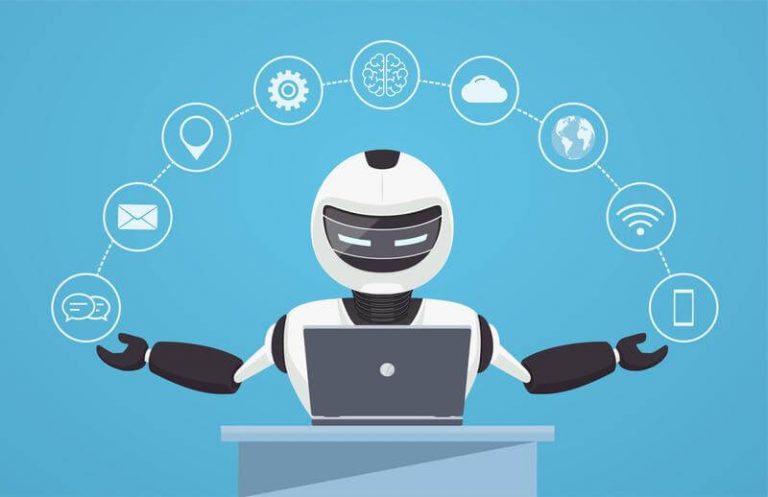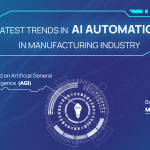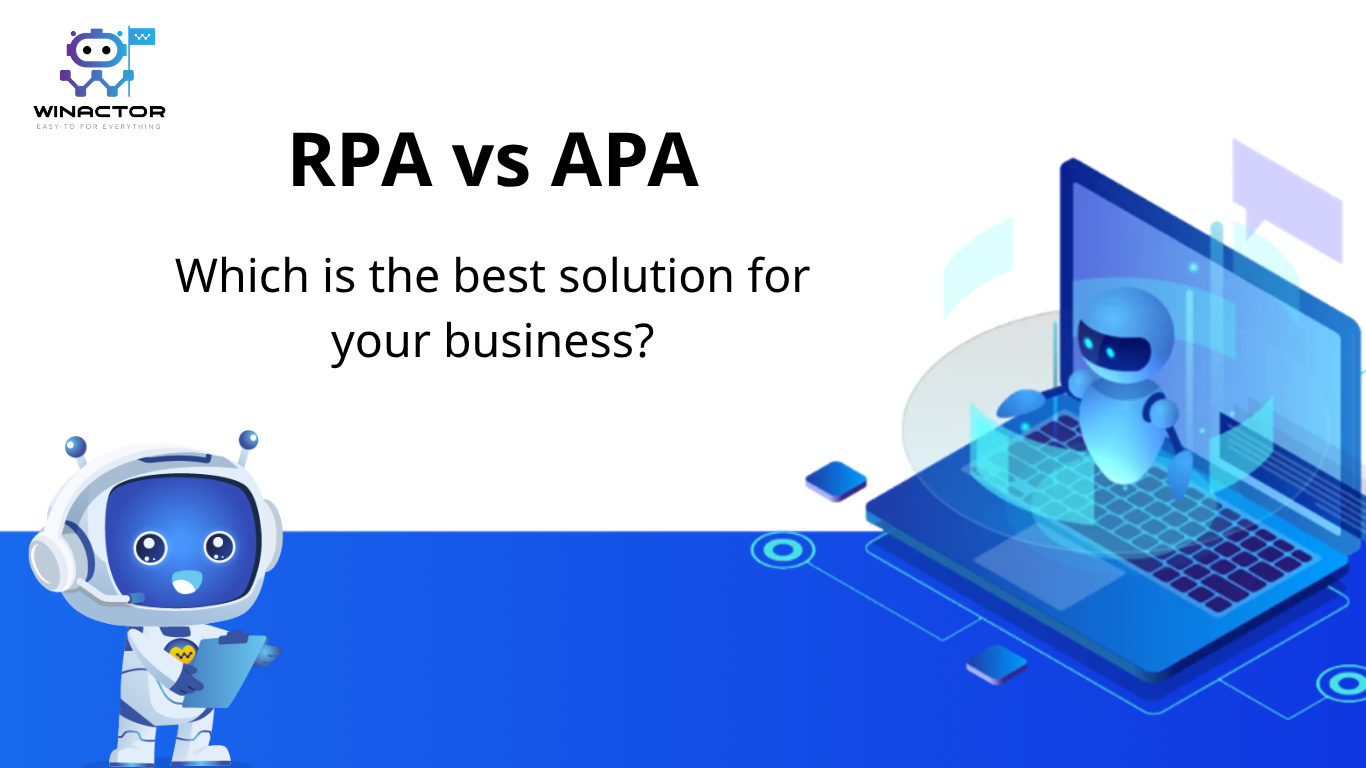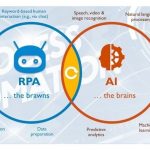Currently, in the world, there are many modern software technologies such as BPM, Process Mining, and RPA. In which, the solution being applied by many businesses for their process system is Robotic Process Automation. This is an intelligent robot that helps users automate processes by performing repetitive tasks. The following article of WinActor will introduce you to the stages of the RPA lifecycle.
What is Robotic Process Automation?
Robot Process Automation (RPA) is a technology solution that enables users to automate their processes. Software robots will perform repetitive tasks with fixed logic without human intervention.
Currently, RPA is divided into 2 types: Attended bot RPA and Unattended bot RPA. With Attended bots, they are used to assist employees working on a certain server. When in operation, the Attended bot RPA will need someone to set up the process and monitor. Unattended bots can operate on a large server, not confined to a certain server. We do not need supervision during our work. At the same time, Unattended bot RPA can automatically start the workflow. You just need to set the time and process for them, and Unattended RPA will follow the planned schedule.
The advantage of Robotic Process Automation is compliance and speed of work. Since RPA has no creative ability, it only follows the installed process. Therefore, submission of RPA is inevitable. In addition, the working speed of RPA is much faster than ours. It can work for a long time without any operation error. Therefore, Robotic Process Automation is gradually becoming a technology trend that many businesses trust to apply to their process systems.
Some benefits of Robotic Process Automation in process automation:
- Improve labor productivity
- Cost savings for businesses
- Minimizing manipulation errors
- Relieves pressure on employees; businesses can make the most of employees’ knowledge by moving them to positions requiring creativity and bringing more value.
- Ensure compliance throughout the working process
- Optimizing processes, creating professionalism for businesses
RPA Lifecycle
Discovery Phase
The Discovery Phase is the first phase of the RPA life cycle. At the same time, this is also an extremely important stage because it affects both the construction and working process of RPA later. At this stage, people and AI technology work together to choose the right automation process.
Specifically, businesses will give their ideas and wishes when implementing RPA. The technology then evaluates whether their decision makes it possible to automate the process. If a decision is made, the RPA team will analyze the complexity of the process in detail. In addition, both the enterprise and the RPA analysis team need to have a clear agreement to create a high-level implementation plan that makes their analysis more evidence-based.
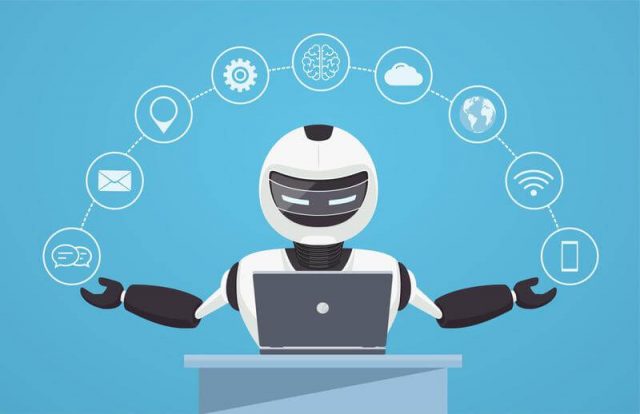
Solution Design Phase
The Solution Design Phase is the next after we have completed the first phase. At this stage, we will detail the steps to automate a certain task. Here, many drafts bring many benefits to RPA service providers. Some documents that will be useful for effective design are SDD, PD, and TDD.
All of the above documents contain all the information about RPA that a vendor needs for in-depth, step-by-step processing. When analyzing customer requirements in detail, the RPA development team prioritizes budget and usage time. They will then create a complete flowchart to help the business understand which steps to automate and their needs. From there, the developer can choose the most suitable RPA tool to automate that job.
Development Phase
The Development Phase is when the developer will generate automation scripts for all selected RPA tools: UiPath, Blue Prism, and several others. Following the previously developed PDD, we will have a whole generation of RPA bots or automation scripts.
Although there is no need for coding during the Discovery Phase, it can vary depending on the automated tasks. Once there is the development of suitable bots, further stages will be established to test the bots.
UAT(User Acceptance Tests)
User Acceptance Tests are pre-production testing of bots that have been previously researched and developed. A separate testing team does the testing of bots. If the test is successful, the bots will be moved to the next stage. Conversely, if any error occurs during the test run, the process will return to the development phase. Here, the RPA developers will find its error and conduct a second test. If successful, the bots will be moved to the deployment phase.
Deployment & Maintenance Phase
Upon completion of the pre-production trial, the RPA bots will be deployed to the entire process system. From here, the software robot will start performing its tasks. Businesses can set up their production lines with RPA bots.
However, if an error occurs, the bots will be returned to the development team in some cases. From here, the RPA bots will be maintained and retested to resolve bugs as soon as possible. After completing the maintenance phase, the RPA will continue performing its tasks and moving on to the final execution stage.
Execute Bots
It can be said that Execute Bots is the most important stage in the RPA life cycle because it reflects the quality and effectiveness of the RPA process. The results of executing bots have huge implications for RPA developers. Besides, bots will be in test and support mode to ensure that RPA implementation meets customer requirements. From there, both developers and businesses can rest assured about the automation they’ve created.
Read more: How to reduce the costs of RPA maintenance?
Conclusion
Above are all 6 stages in a life cycle of Robotic Process Automation. Hopefully, through the article, you will understand more about how to create a software robot that is suitable for the production process of the business. To ensure that RPA works effectively, it needs to be implemented sequentially through 6 stages before being applied to the whole system. You should not skip or minimize any stage in the life cycle of RPA because it will most likely affect the performance of RPA not as expected.
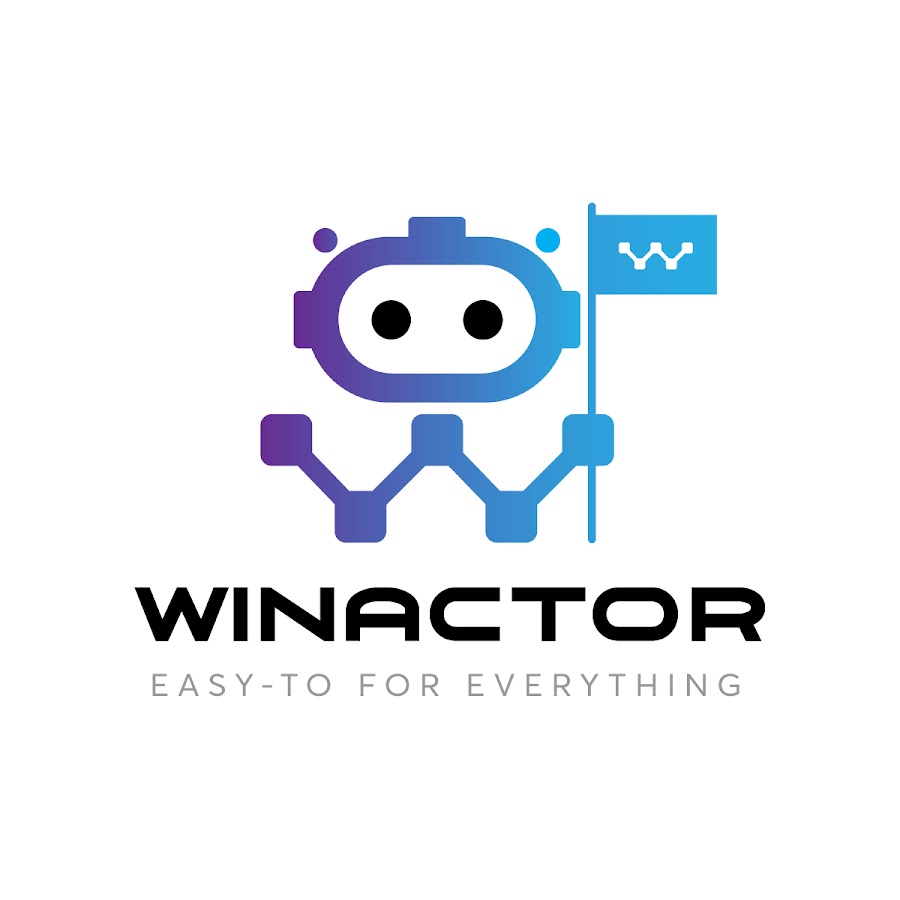
WinActor is an RPA software solution by NTT DATA Corporation to help businesses master technology, create breakthroughs in the digital age 4.0.

